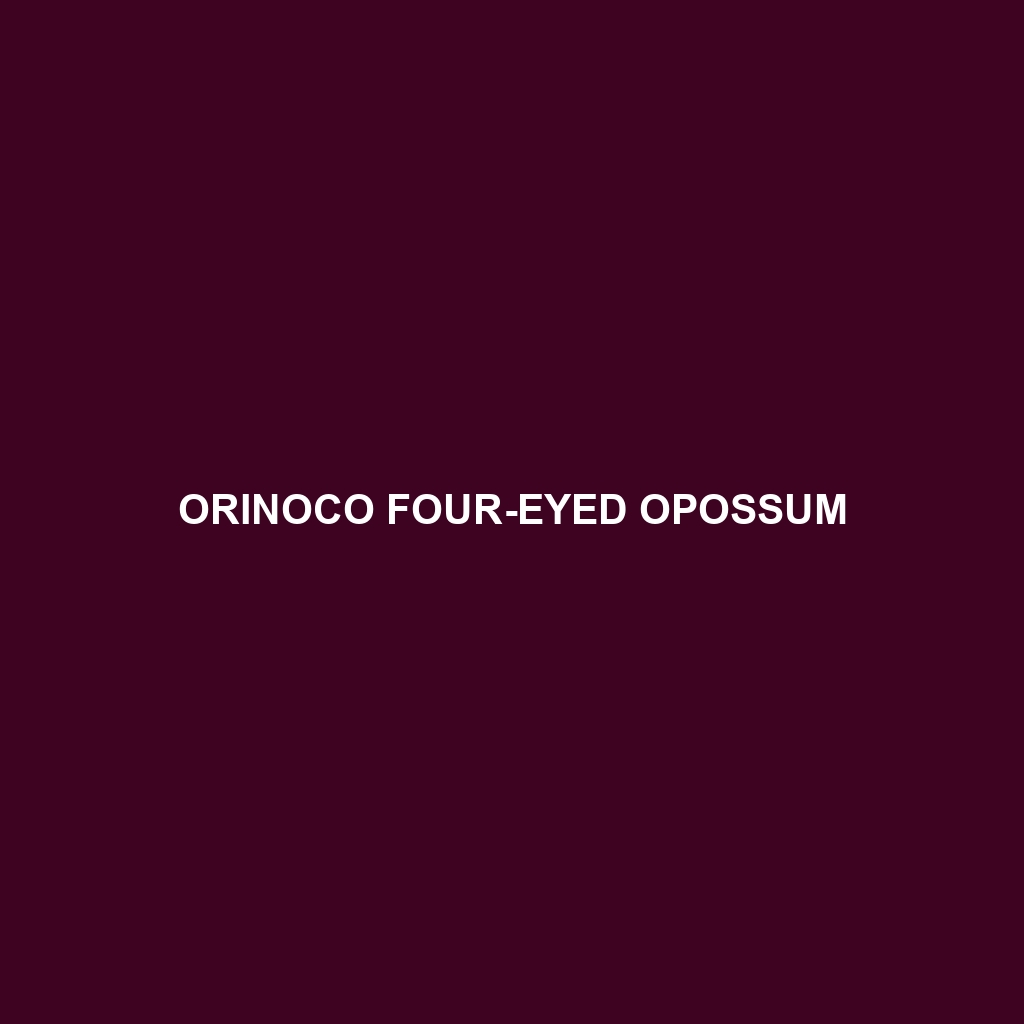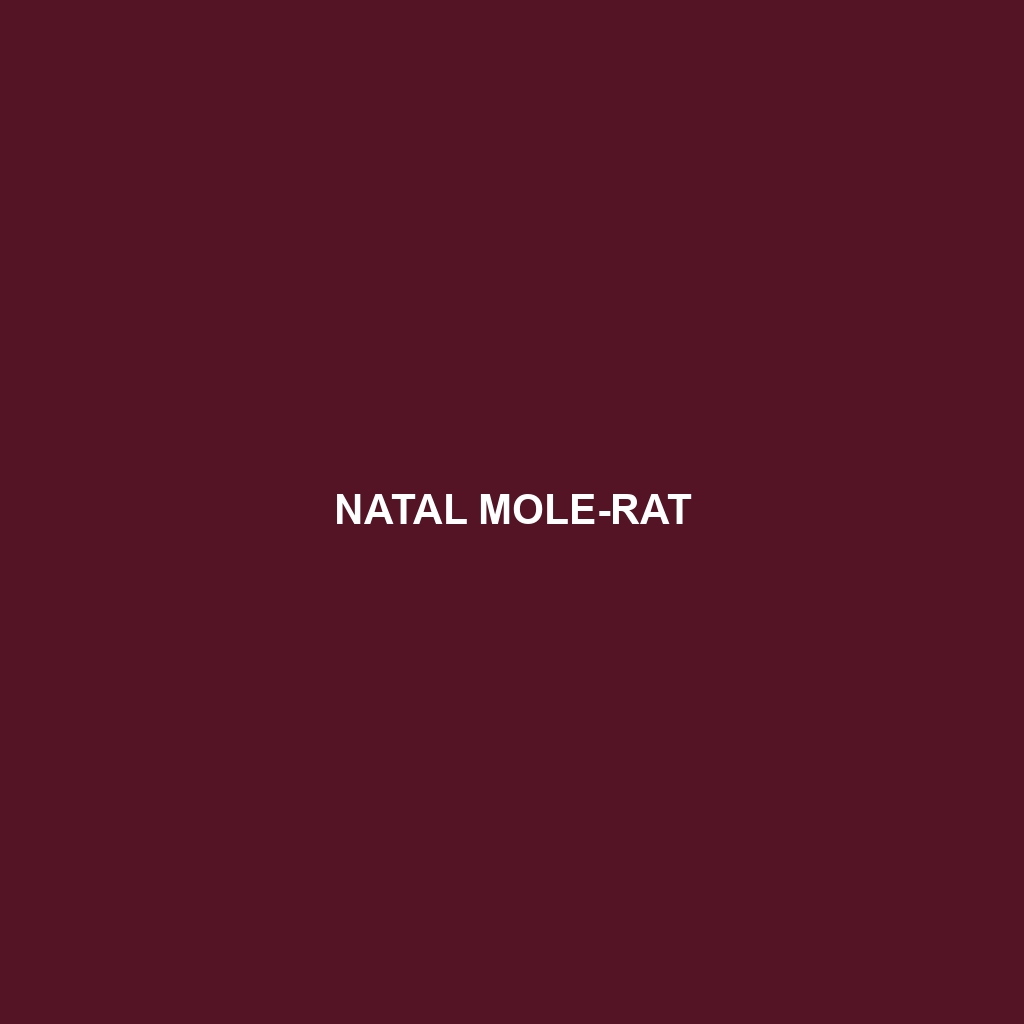
Tag: ecological role
-

Orinoco Four-eyed Opossum
Discover the intriguing world of the Orinoco Four-eyed Opossum (Philander deltae), a nocturnal marsupial native to the Orinoco River basin in South America. With its distinctive facial markings that mimic four eyes, this adaptable creature plays a vital role in its ecosystem as an omnivore, while excellent climbing skills support its arboreal lifestyle. Explore its…
-

Dusky Shrew-opossum
Discover the Dusky Shrew-opossum (*Caenolestes fuliginosus*), a small, nocturnal marsupial native to the Andean cloud forests of South America. With its unique blend of shrew-like appearance and opossum-like behavior, this elusive creature plays a vital ecological role as an insectivore, helping to control insect populations and promote forest health. Learn about its fascinating adaptations, conservation…
-

Sangay Shrew-opossum
Discover the elusive Sangay Shrew-opossum (Caenolestes sangay), a rare marsupial endemic to Ecuador’s Andean montane forests. This small, nocturnal creature plays a vital ecological role as both predator and prey, while its unique adaptations and striking shrew-like features capture the intrigue of researchers and conservationists. Learn about the challenges it faces due to habitat loss…
-

Western Long-beaked Echidna
Discover the Western Long-beaked Echidna (Zaglossus bruijni), a unique monotreme native to New Guinea’s highland regions. This elusive creature, characterized by its elongated snout and spiny coat, plays a crucial role in its ecosystem as an insectivore. With its critically endangered status, conservation efforts are vital to protect this ancient species and ensure its survival…
Search
Popular Posts
-
Dipsas ventrimaculata
striking Dipsas ventrimaculata, or Ventrimaculate Snake, known for its slender body and striking camouflage. Found in the tropical forests of Central and South America, this nocturnal predator primarily feeds on slugs and snails, playing a vital role in its ecosystem.
-
Dipsas variegata
captivating Dipsas variegata, or variegated snail eater, a striking snake with dark brown and yellow bands, thriving in the humid rainforests of Central and South America. This non-aggressive, nocturnal predator specializes in consuming land snails, playing a crucial role in maintaining ecological balance.
-
Dipsas vagus
Dipsas vagus, or Vagus Snake, a slender, non-venomous species native to tropical Central and South American rainforests, known for its brown and gray camouflage and a diet primarily consisting of slugs and snails. Classified as Vulnerable, this fascinating snake plays a crucial role in its ecosystem by regulating prey populations while employing cryptic behavior to…
Categories
Archives
Tags
animal adaptations (713) animal behavior (4666) animal reproduction (763) bat species (661) behavior (915) biodiversity (6774) conservation (1670) conservation efforts (1415) conservation status (4595) diet (2090) echolocation (822) ecological balance (1400) ecological role (1276) ecology (789) ecosystem (1468) ecosystem role (2606) ecosystem roles (632) endangered species (2368) environmental conservation (657) habitat (3224) habitat conservation (884) Habitat Destruction (922) habitat loss (2877) insectivorous reptiles (643) IUCN Red List (1343) nocturnal animals (2688) nocturnal behavior (2186) omnivorous diet (594) physical characteristics (1958) reproduction (2835) reptile conservation (846) rodent (677) rodent species (1325) seed dispersal (2043) Seed Disperser (950) seed dispersers (590) small mammals (1163) snake reproduction (589) South America (773) species description (713) tropical forests (932) Vulnerable Species (4332) wildlife (2506) wildlife conservation (4371) wildlife protection (799)







